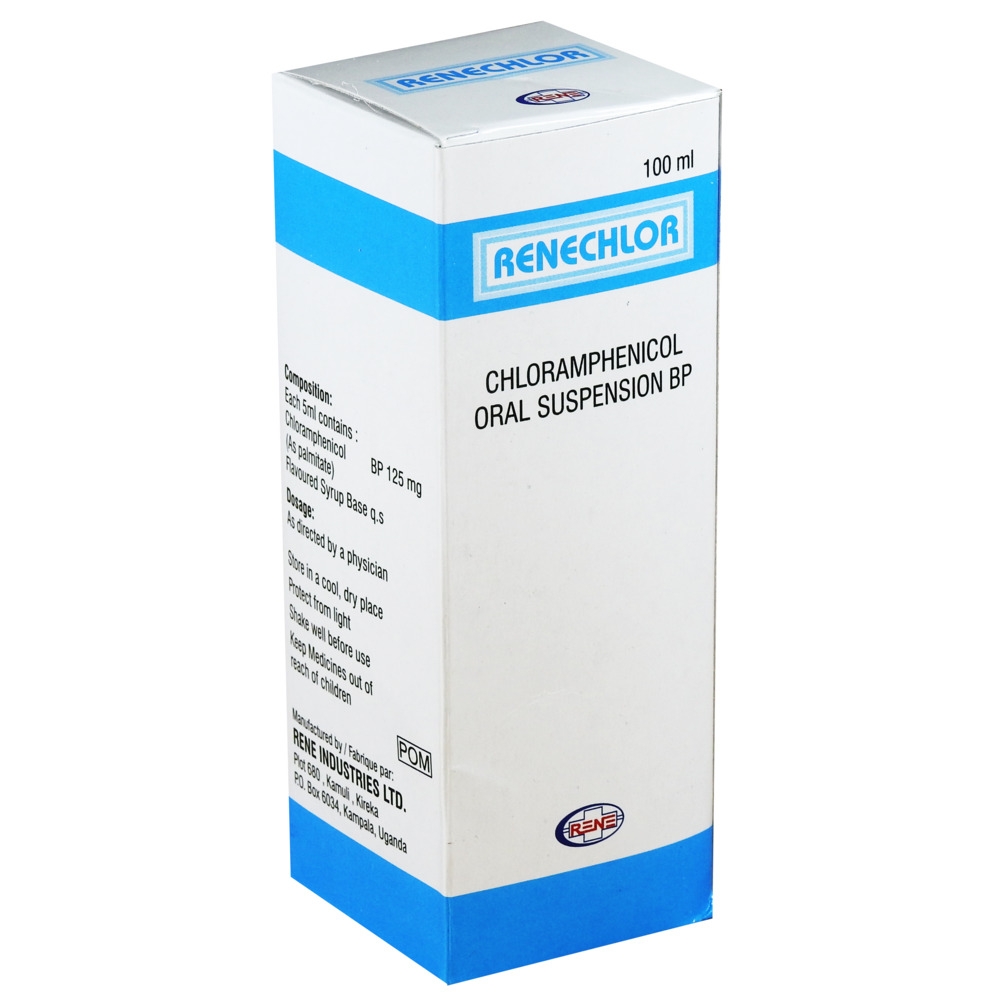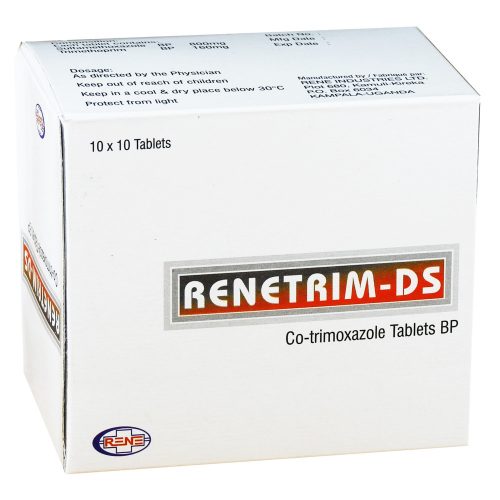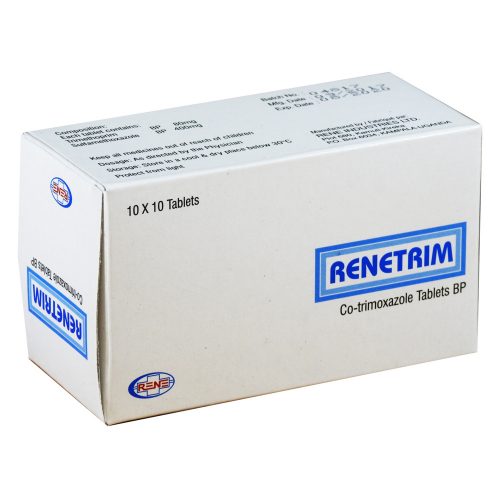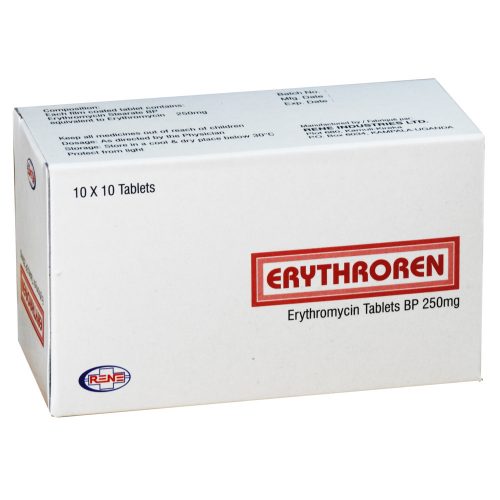RENECHLOR
Chloramphenicol exerts mainly a bacteriostatic effect on a wide range of gram-negative and gram-positive bacteria. It acts through interference or inhibition of protein synthesis in intact cells and in cell-free systems.
Presentation
Suspension 100ml Bottle
Description
Indications
Used only in those serious infections for which less potentially dangerous drugs are ineffective or contraindicated e.g. Salmonella species, H. influenzae, specifically meningeal infections, rickettsia, lymphogranuloma-psittacosis group, various gram-negative bacteria causing bacteremia, meningitis or other gram-negative infections, treatment of typhoid fever.
Pharmacological class
Antibacterial
Pharmacological properties
Bacteriostatic
Mechanism of action
Chloramphenicol acts through interference or inhibition of protein synthesis in intact cells and in cell-free systems.
Side effects
The most serious adverse effect of chloramphenicol is bone marrow depression, serious and fatal blood dyscrasias (a plastic anemia, hypoplastic anemia, thrombocytopenia and granulocytopenia), nausea, vomiting, glossitis and stomatitis, diarrhoea and enterocolitis may occur in low incidence, headache, mild depression, mental confusion and delirium.
Contra indications
Chloramphenicol is contraindicated in individuals with a history of previous hypersensitivity and/or toxic reaction to it.
Drug interactions
Chloramphenicol inhibits the metabolism of warfarin, phenytoin and theophylline.





